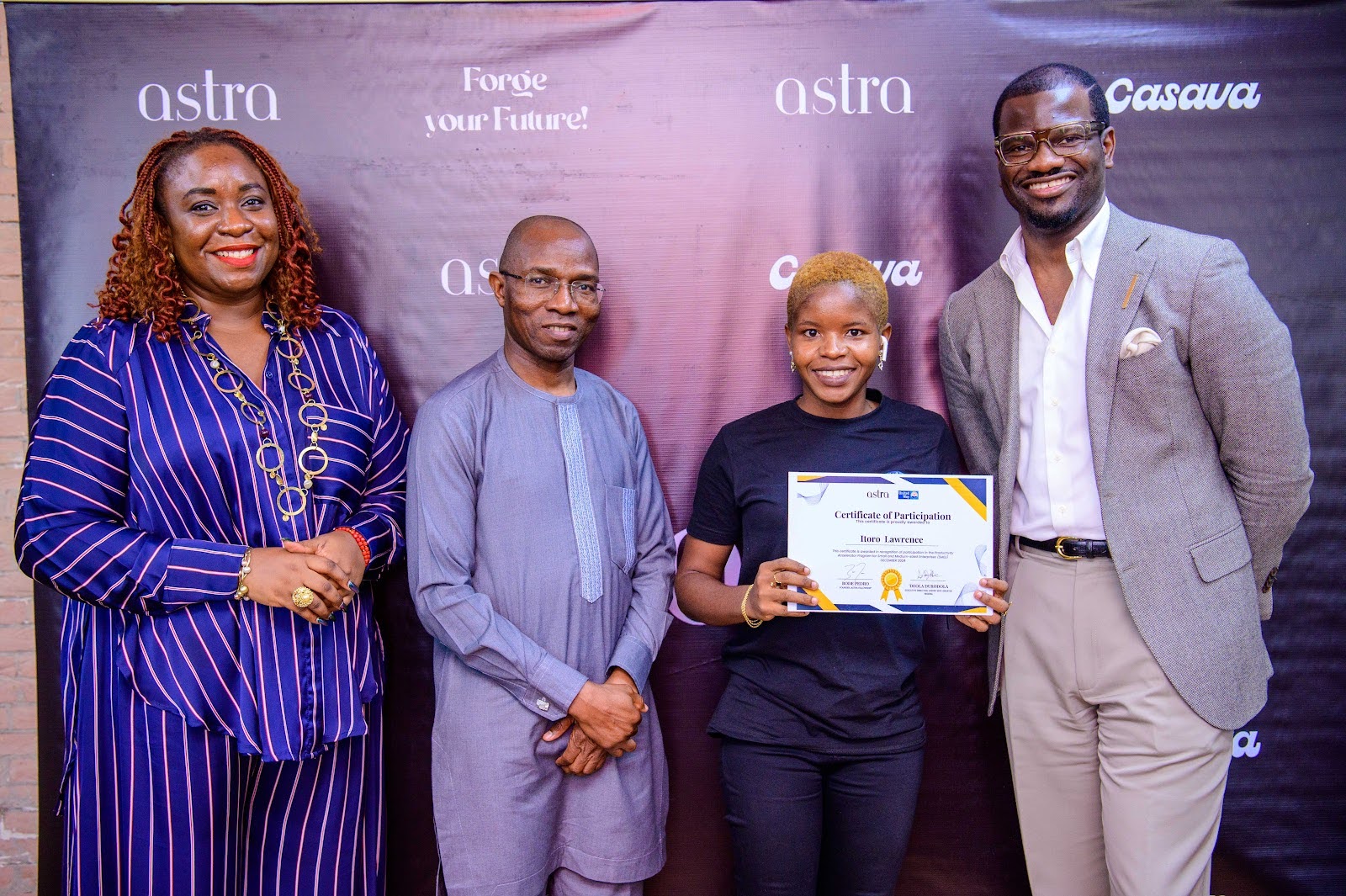The Gender Gap: Its Effects and How We Can Bridge It
Author
lawrenceitoro
Published
May 22, 2025

Introduction
Across industries, the gender gap continues to create barriers that limit potential, slow economic growth, and reinforce inequality. While progress has been made, the gap between men and women, especially in leadership, technology, education, and income, remains wide. Understanding the effects of this gap and actively working toward solutions is essential if we want to build a more inclusive and prosperous future.
Effects of the Gender Gap
- Economic Loss
The gender gap isn’t just a social issue; it’s an economic one. According to global reports, trillions of dollars are lost each year because women are underrepresented in the workforce and leadership roles. Economies with higher gender equality experience faster and more sustainable growth.
- Reduced Innovation
Diverse teams are more innovative, creative, and effective. When women are excluded from industries like tech, finance, and politics, we lose critical perspectives that drive better solutions and new ideas.
- Educational Disparities
In many parts of the world, girls still face barriers to accessing quality education. This educational gap limits their career opportunities later in life, creating a cycle of inequality that persists across generations.
- Limited Leadership Representation
Despite growing advocacy, women remain underrepresented in decision-making positions. This limits the diversity of thought in leadership and weakens the effectiveness of organisations and governments.
Solutions to Bridge the Gender Gap
- Invest in Education and Skills Training
Empowering girls and women through education, especially in high-growth fields like technology, STEM, and entrepreneurship, is one of the most effective ways to close the gender gap. Programs that offer scholarships, mentorship, and access to resources are vital.
- Promote Inclusive Work Environments
Companies and institutions must foster inclusive cultures where women can thrive without facing discrimination or bias. Flexible work policies, parental support, and clear pathways for advancement help retain female talent.
- Mentorship and Leadership Programs
Mentorship helps women gain confidence, build networks, and navigate their careers more effectively. Leadership development programs specifically designed for women can accelerate progress and break barriers in industries where they are underrepresented.
- Policy Changes and Advocacy
Government policies that support equal pay, parental leave, education access, and protection against discrimination are crucial. At the same time, advocacy groups must continue to push for reforms that create real, systemic change.
- Challenging Stereotypes
We must challenge traditional gender roles and biases at all levels—schools, media, families, and workplaces. Representation matters. Seeing women succeed in all fields inspires future generations to aim higher.
The gender gap affects all of us, whether directly or indirectly. It slows economic development, restricts innovation, and undermines the potential of half the world’s population.
But change is possible—and it begins with intentional action.
When we invest in women, we invest in stronger communities, resilient economies, and a better future for all.
At Workplace Series Africa, we are committed to empowering African women through access to digital skills training and leadership development, helping close the gap one learner at a time.

Subscribe to our newsletter and we will keep you informed about upcoming webinars, news, events and updates to our products.
Home
Courses
Events/Partnership
Copyright © 2025 Workplace Series Africa


